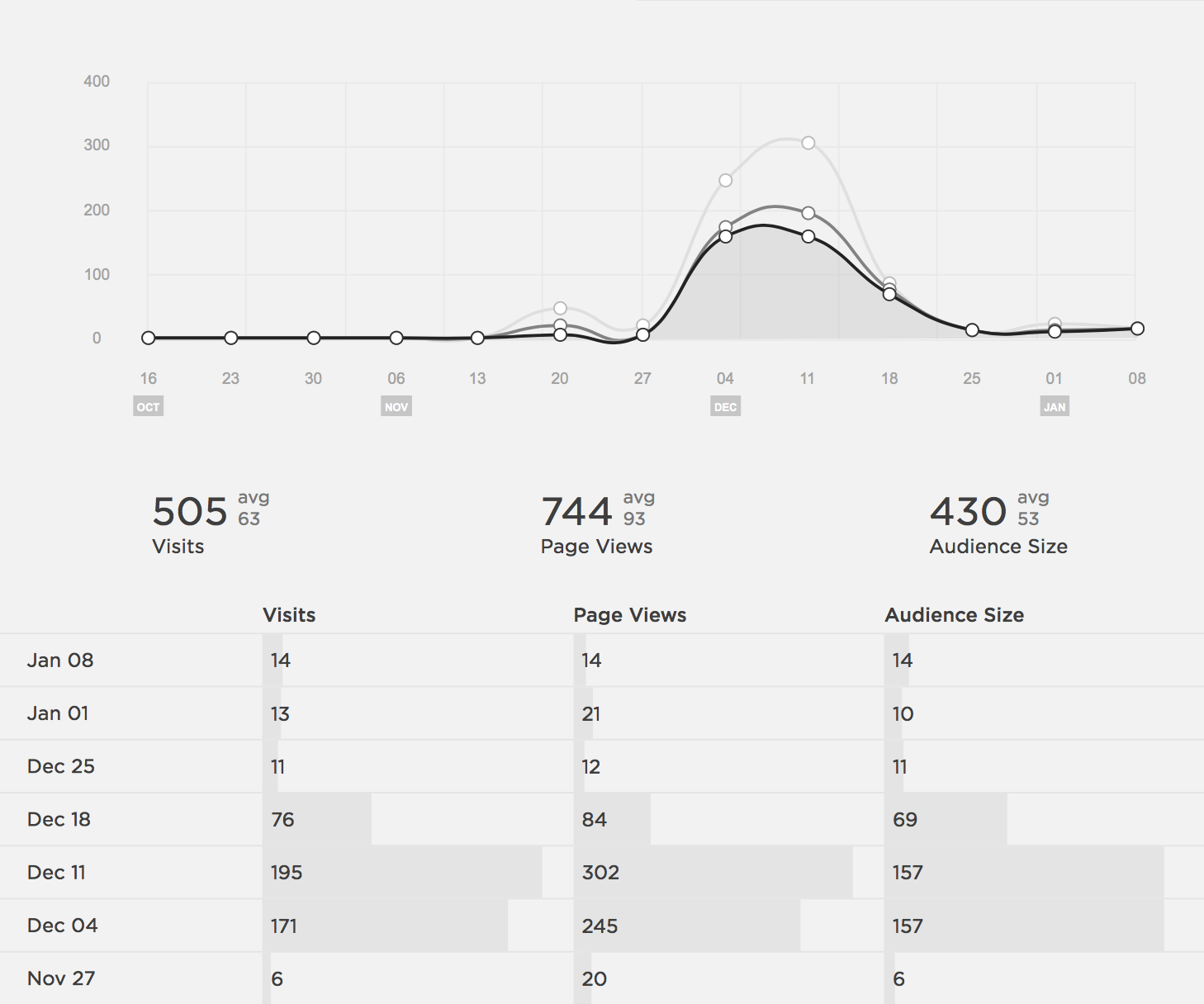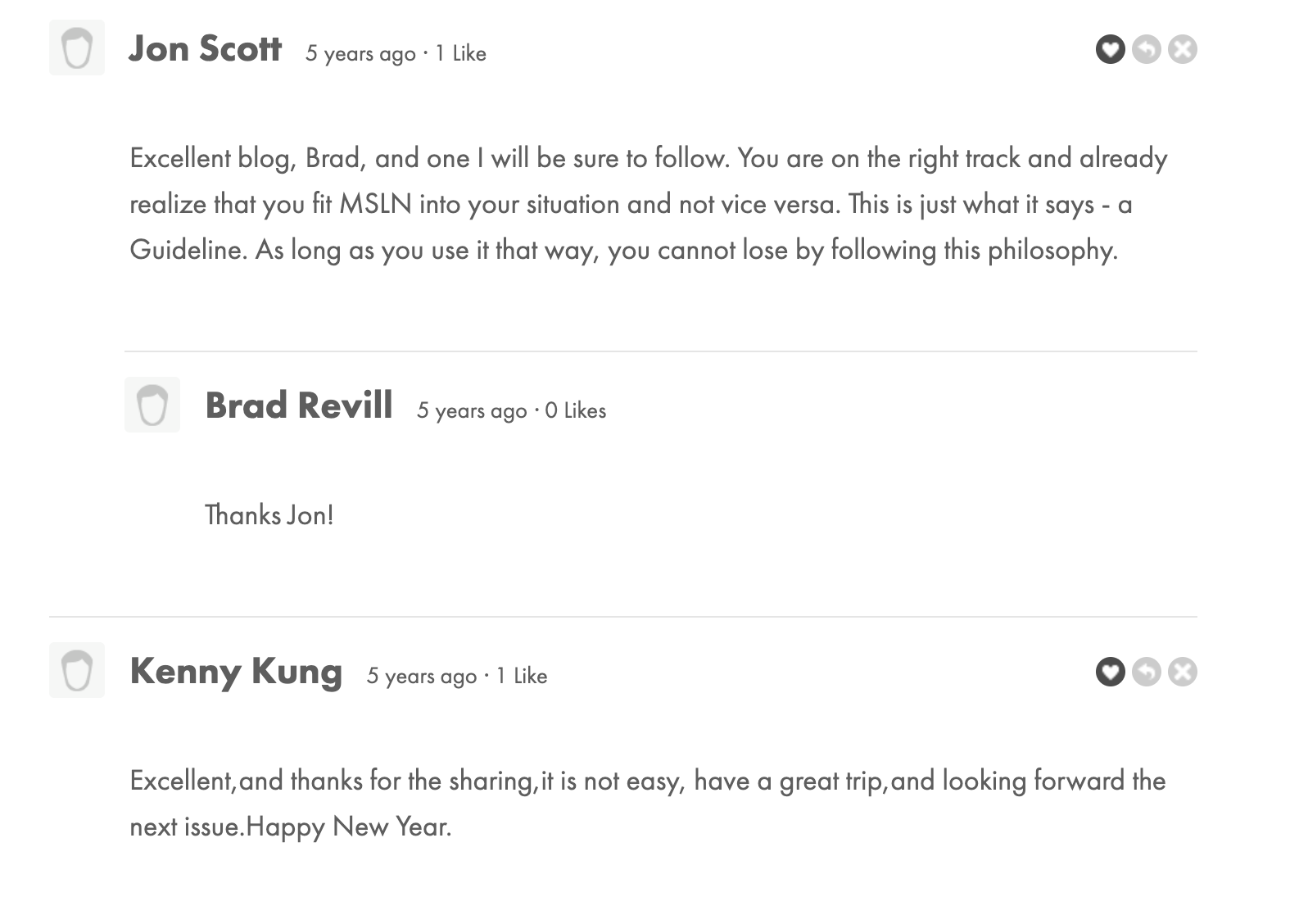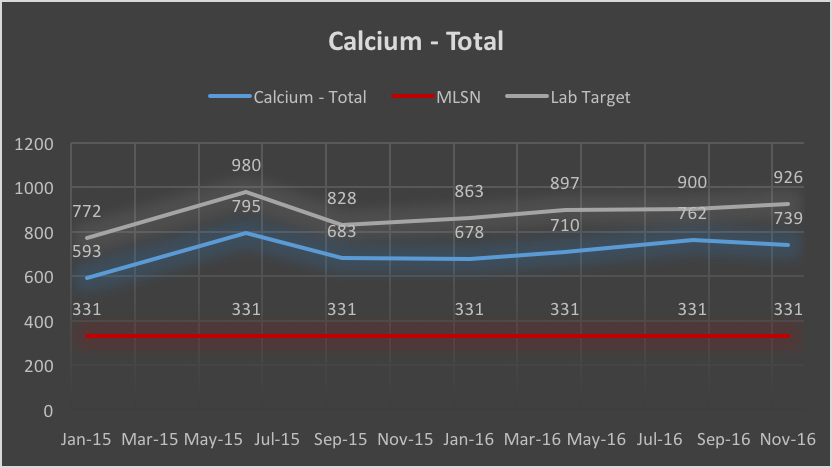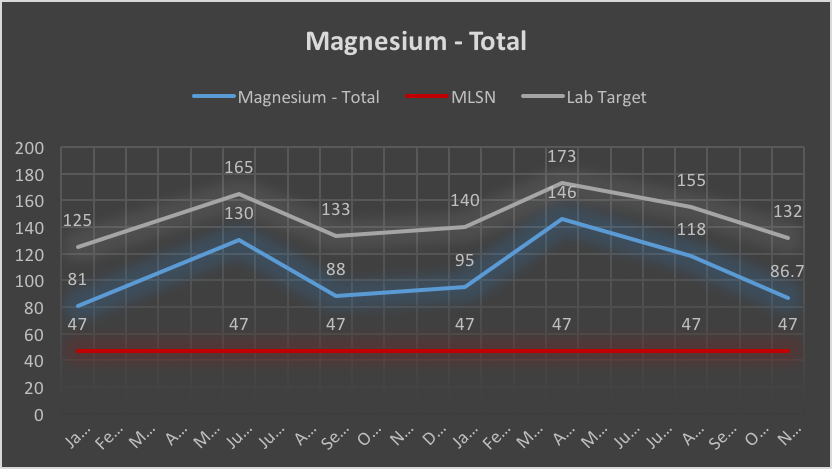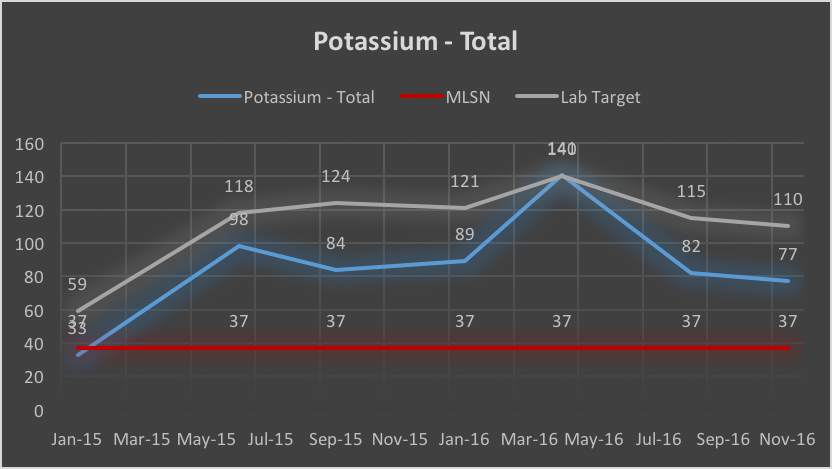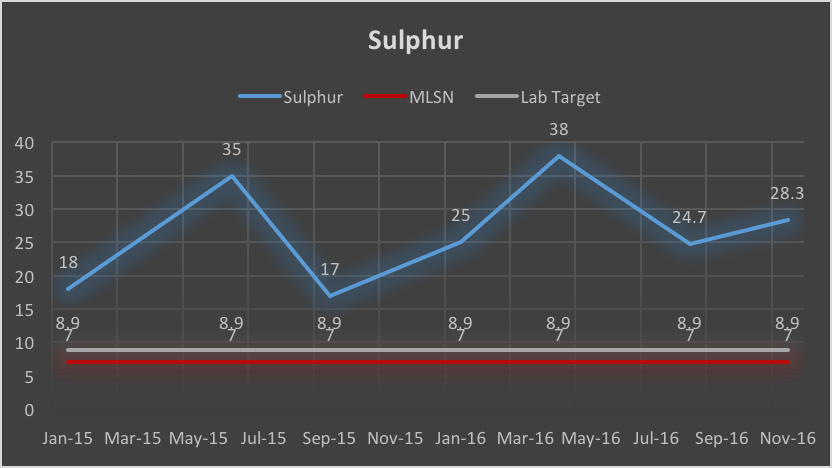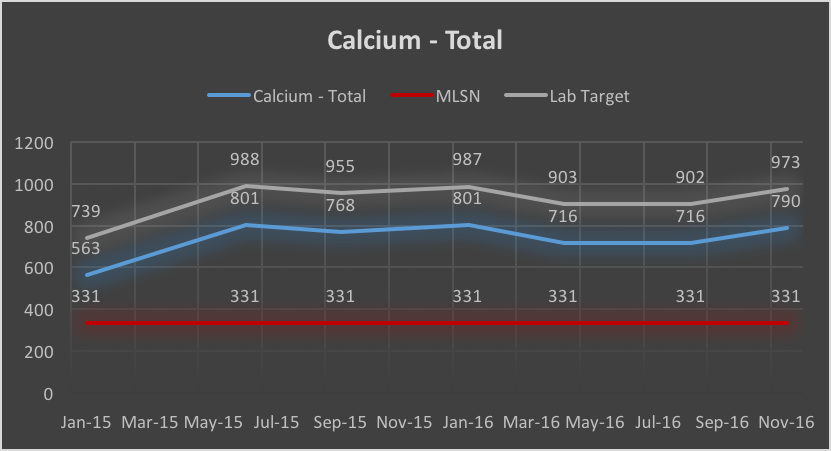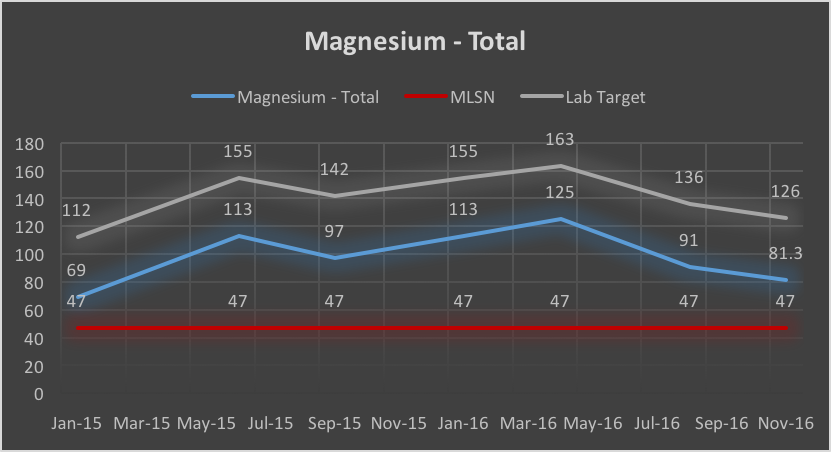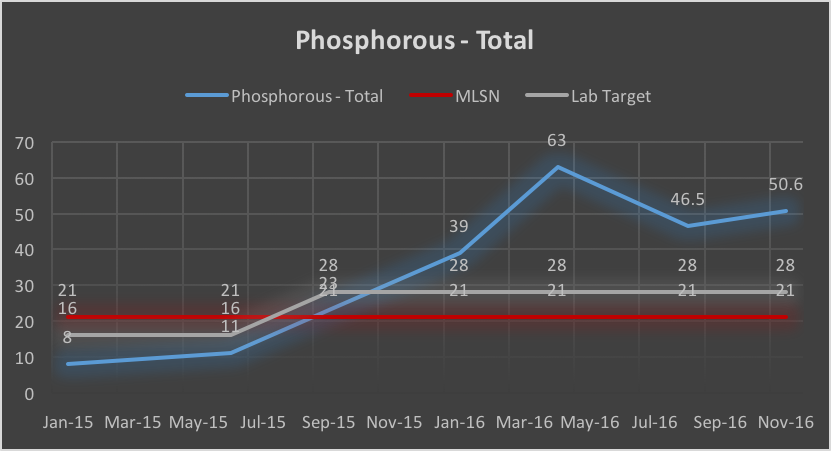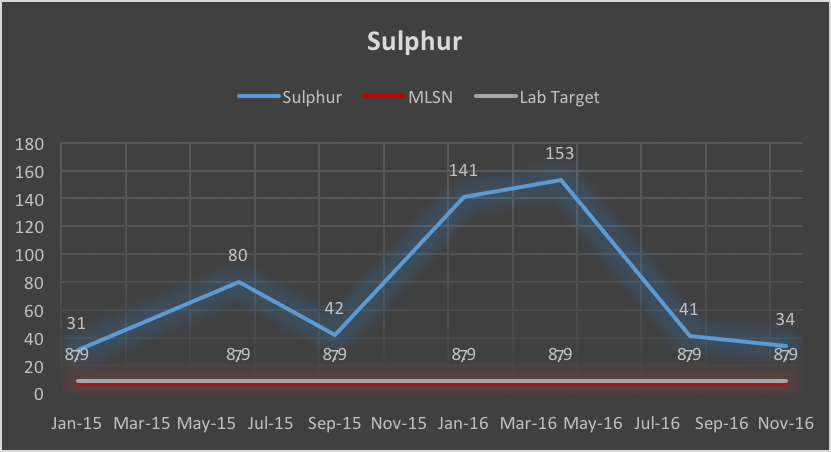MLSN Update and Calculations
Happy New Year! I hope everyone had a great time with friends and family. I was lucky enough to travel around Central Europe with my Fiancé, eating a ridiculous amount of food and soaking up some incredible sights like the one below.
Now back in Thailand, we have been experiencing some unusually wet and miserable weather for this time of year. Receiving a little over 46mm the past 5 days when we wouldn't normally see a drop. The turf has reacted with a flush of growth and an unfortunate consequence of a drop in green speeds.
Spectacular view from our hotel in Austria.
Before I left for Europe I published my first ever blog post and was blown away with the amount of feedback and page visits it received. There were a total of 480 visits since I published the article last month, with many people contacting me with questions and positive feedback.
To start off the new year, I thought I would give a quick update on our fertility program, show the calculations I use to estimate soil ppm values and plan for future applications.
What I didn't mention in my previous post was that we are not only following the guidelines on our greens, but course wide. So I have shared my soil test results for the tees and fairways below so you can see where we stand on all playing surfaces at the start of the trial.
Tees above and fairways below.
As I've shown in my previous post, the lab targets for Calcium and Magnesium always seem to be unattainable and only lead to frustration and what seems to be an over-application of fertiliser. It is still only early days, but the MLSN guidelines just seem to make sense. Why apply fertiliser if the plant is not showing signs of a deficiency or continue to apply if there is no measurable response from the plant after application?
You can see from the graphs that the Calcium and Magnesium levels in the tees and fairways are more than sufficient and still have quite a ways to go until reaching the MLSN while Sulphur I fear will always be an issue due to the high concentrations in our water supply. We will be starting to apply Potassium to our fairways this month and based on my calculations, we still have sufficient levels in our tees for at least another 2 months. We will also be making an application of Phosphorus to the tees this month which should bring the soil levels above the MLSN and have enough reserve to carry us through to our scheduled aeration in April.
Micah Woods has always been helpful in answering any questions I have had about the MLSN guidelines and I'll share his explanation below from a recent email on how to calculate how many ppm of a certain element you are adding to the soil.
“1 gram spread on one square meter is the equivalent of 6.7 ppm if it were to spread evenly through a 10 cm deep rootzone.
You can customize this however you like. For most situations, I like to work with a 10 cm rootzone and a soil bulk density of 1.5 g per cubic centimeter. If you prefer to work with a different rootzone depth, or a different bulk density, then you can make similar calculations as I show here for finding the correct conversion factor.
1 square meter on the surface has an area of 100 cm x 100 cm = 10,000 cm2
The volume of 1 m2 to the depth of 10 cm is 10,000 cm2 x 10 cm = 100,000 cm3 = 100 L
So we have 1 gram of fertilizer to apply across one square meter, and we want to know how much that should change 100 L of soil. Or we don’t apply fertilizer, and we try to predict how much the soil will go down based on the quantity harvested by the grass.
1 gram is mass. 100 L is volume. And ppm is mg per kg. So we need to convert the soil from volume to mass. Sand usually has a bulk density of about 1.5 g/cm3. So 100 L of sand rootzone will have a mass of 150 kg.
Now we have mass into mass. 1 gram at the surface = 1000 mg into 150 kg = 1000/150 = 6.7 ppm.”
Based on the above method as well as the calculations in these articles from the USGA and ATC, a more detailed explanation in "A Short Grammar of Greenkeeping" and general ratios of each element in the leaf (table below) you can calculate the amount of each element used by the turf, remediate any deficiencies as well as predict how long the soil reserve will last for.
Element use per 10g of Nitrogen applied per grass species. Based on general leaf tissue ratios.
Hole 4 at Nikanti Golf Club - January 2017
Apart from the temporary reduction in green speed due to the flush of growth from recent rainfall, we have not yet suffered a reduction in turf performance due to the change in our agronomic program.
I will post another update on our use of the MLSN guidelines after we receive the results of our soil tests next month but before that I will share a few thoughts and strategies for managing organic matter.
All the best for 2017!



